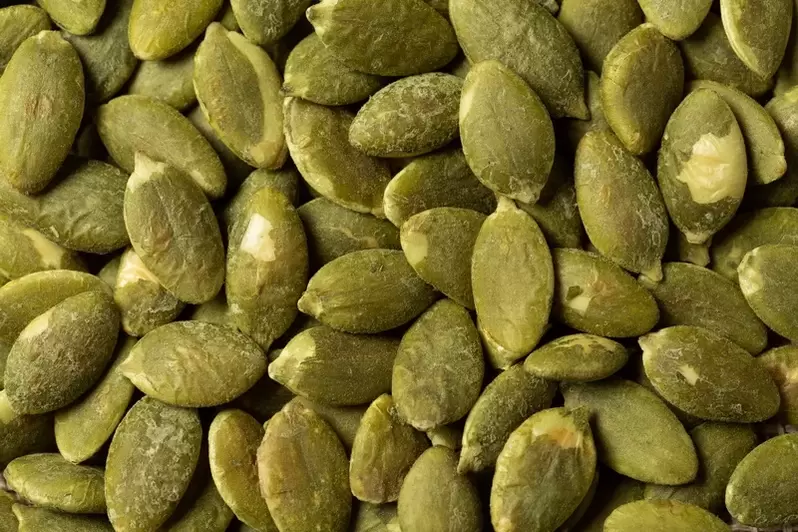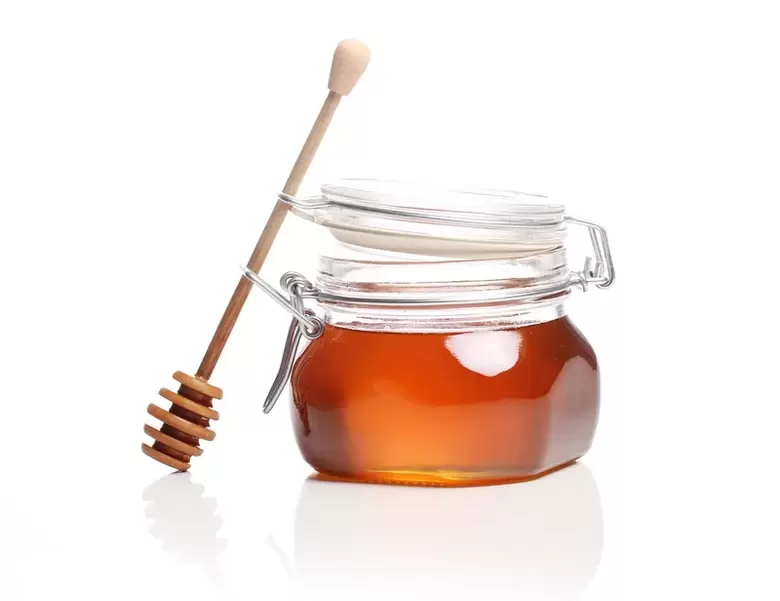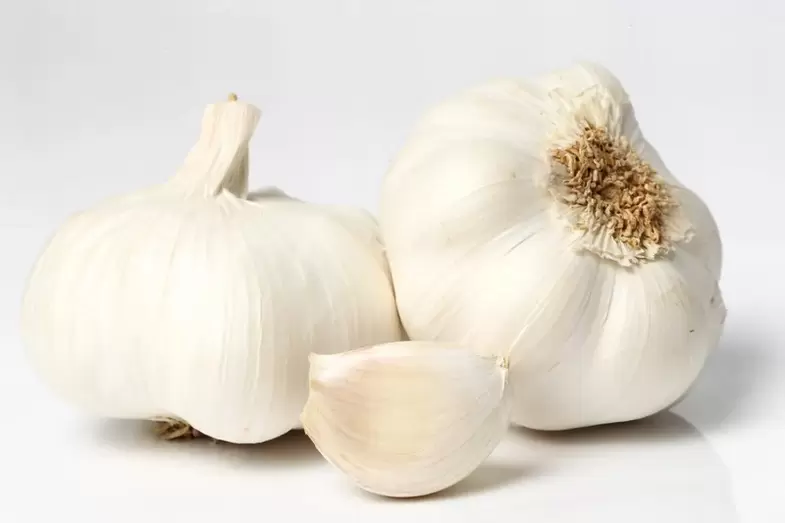
If this disease has caught on, see your doctor and read this article.
Worms are called parasitic worms that live, feed, and reproduce inside living organisms from other animals and plants. According to statistics, every third inhabitant of the planet has such parasites. Scientists argue that there is no adult who has not had worms in their entire lives. Think about how to get rid of worms, what types exist, how to detect and prevent them. Keep in mind that worms (ascariasis, enterobiasis) are a common problem, especially in childhood, and do not panic.
Types of worms in humans
Helminths - the scientific name for worms - have their own subspecies. The most common helminth patterns are pinworms, roundworms. Let's take a look at them.
Pinworms
Pinworms are called helminths that affect human intestines. These are the most famous and widespread species. Reproduction of these helminths leads to the development of the disease - enterobiasis. Preschool children and school children are most susceptible to pinworm infection.
General signs of the presence of helminths in the body:
- itching in the rectum;
- spasmodic abdominal pain, usually mild;
- decreased appetite;
- stool violation;
- insomnia and weakness;
- allergic reactions that do not resolve after taking antiallergic drugs;
- unreasonable cough.
Mode of infection: contact and domestic route. Infection occurs when eggs are swallowed with food. Self-infection is extremely important - when combing an itchy rectum, pinworm eggs fall under the nails and are then swallowed. Adults can later become infected from children.
Ascariasis
Ascariasis is a family of large parasitic spheres. The worm lives for 10 to 24 months, after which it is partially decomposed and excreted in the faeces. The organs of the gastrointestinal tract are most commonly affected, causing ascariasis. The preferred habitat for adults is the small intestine.
Giardiasis
Giardiasis - A disease caused by a parasite found in the small intestine of lamblia, humans and some animals. Giardia exists in two forms: mobile (vegetative) and immobile (cyst form). The mobile form of the lamblia has 4 pairs of flagella and a suction cup attached to the small intestinal mucosa. It lives in the duodenum (small intestine) in the human body.
Causes of worms in humans
The main factors in helminthiasis infection are:
- Non-compliance with basic hygiene rules, especially hand washing.
- Bad habits. This includes biting nails, licking fingers, keeping various objects (pens, pencils) in your mouth.
- Inadequate care of pets, especially yard pets, as they can be carriers of infection. After the street, cats and dogs need to wipe their paws, bathe in time, take them for examination and select the right food.
- Drinking raw, unfiltered water from an unreliable source.
- Vegetables, fruits and vegetables unprocessed before meals;
- Poorly processed meat and fish products.
- Close contact with an infected person.
- Sandbox - worms live in them. Sandboxes in playgrounds should be kept away from cats and dogs.
Why are worms dangerous?
Thanks to modern medicine, a disease can be recognized in time and got rid of it, so serious consequences are quite rare. Worms can cause the following symptoms:
- ileus;
- allergic rash;
- propensity to poison;
- development of anemia;
- deterioration of health;
- weight loss;
- reduction of the percentage of hydrochloric acid in gastric juice.
Helminthic invasion can cause weight loss, faint shade, and itching in the anal canal. Complications depend on the type of parasite and the extent of the infection. The appearance of helminths in children and during pregnancy is particularly dangerous.
How to know if there are worms
It is important to detect helminthic invasion as soon as possible, which significantly increases the effectiveness of treatment and prevents the development of complications.
Basic diagnostic methods:
- analysis of feces of intestinal parasites (ascariasis);
- scraping analysis of pinworm eggs (enterobiasis);
- blood test for specific antibodies to worms (detection of immunoglobulins - ELISA) - intestinal and tissue parasites. The clearest study.
Re-analysis should be performed no earlier than 14 days after anthelmintic treatment. Typically, the patient is prescribed a combination of several tests to identify the parasite. A negative ELISA result and a number of negative results are considered in the study of the biological environment in which the worms were detected as a criterion for recovery.
Pay attention! Requirements for the production of biological materials (feces of intestinal parasites):
- Prepare a sterile dish. Now, special containers have been created that are equipped with a convenient spoon. It can be purchased at any pharmacy;
- Do not use laxatives;
- Stool is collected in the morning before being tested;
- It is impossible to allow urine to enter the stool, so it is imperative to urinate before the process.
- The substance should be collected from different parts of the last dose.
- Put about a tablespoon of stool (10-15 g) in a prepared dish.
- Take the container to the laboratory as soon as possible - the so-called "warm feces".
Scraping due to enterobiasisin the morning, in the child's bed, before the morning emptying and hygienic procedures. A transparent narrow tape is used, which is applied to the perianal folds with its sticky side and then glued to a clean, dry slide with the same side at the biometer. Do not use matte or colored sticky stitches.
Methods of treating worms
A parasite specialist or parasitologist is involved in the treatment of parasitic infections. But you should not see a doctor in a narrow specialty right away: it is better to contact a pediatrician or a therapist. He appoints a number of tests and, if necessary, turns to a parasitologist or gastroenterologist.
If worms are detected in a child, it is imperative that anthelmintic therapy be given to all family members.
When worms are found, the doctor prescribes antiparasitic agents to control certain types of worms. Modern medicines are effective at fighting worms at all stages of their life cycle: adults, larvae, and eggs. In most cases (such as ascariasis) a single dose of tablets is sufficient, but sometimes medication is needed - the treatment is developed by a specialist.
Violation of the treatment tactics prescribed by the doctor is unacceptable - this can lead to the eggs of the worms remaining in the body, which will cause re-invasion in the future.
What tablets can be used
Modern medicines are presented to children in the form of tablets or suspensions.
All medicines are administered differently. It is important that you read the instructions carefully and follow them clearly. Another point is the contraindications. Contraindications are based on various liver diseases, pregnancy and lactation. Ideally, discuss this with your doctor.
Medicines are selected by the doctor depending on the type of worms, the characteristics of the body, the stage of the infection and the age of the patient. Not always, there are enough anthelmintics to ward off worms. In some cases, complex treatment is prescribed.
After its vital activity, the worm damages our body. Therefore, it is important not only to perform anthelmintic therapy, but also to cleanse the body of toxins generated during the death of worms.
Killed helminth secretes degradation products that are among the most potent intestinal toxins. Allergic reactions can occur, the formation and outflow of bile is disturbed, the peristalsis of the gastrointestinal tract suffers in the form of "lazy bowel" or, conversely, excessive activity - diarrhea - in the form of "leaking bowel". The body's resistance to viruses and bacteria decreases, and latent chronic infections become activated.
In combination with antiparasitic agents, drugs can be prescribed to improve the condition of the gastrointestinal tract, vitamins to eliminate vitamin deficiencies, antihistamines (in case of an allergic reaction), hepatoprotectors, choleretics and sorbents.
Currently, you can buy phyto complexes in the arsenal of pharmacies that combine these effects.
Let’s see what herbs help get rid of helminths.
Treatment with folk remedies
Pumpkin seeds and honey
Pumpkin seeds have long been known in folk medicine, their pharmacological properties have been experimentally and clinically confirmed. The seeds are used against various tapeworms (bovine, porcine and dwarf tapeworms, broad tapeworms) and pinworms.

The main pharmacologically active substance that determines the anthelmintic effect of pumpkin seeds is cucurbitin (3-amino-3-carboxypyrrolidine) amino compound, the core content of which reaches 0. 1-0-0. 3%, depending on the type of pumpkin.
- To control the worms, we take 300. 0 peeled seeds in small portions, on an empty stomach for 1 hour (we can grind in a mortar, always mixed with green peel and 50-100. 0 honey).
- After 3 hours they give a laxative, after 0. 5 hours they give an enema.
- Children 3-4 years of age receive 75. 0 seeds;
- 5-7 years old - 100, 0;
- 8-10 year olds - 150, 0;
- 10-15 years old - 200, 0-250, 0.

Sowing garlic
Garlic, whose beneficial properties are known all over the world, is the most widespread in various countries. Garlic (Allium sativum L. ) contains phytoncides, the most important of which are allicin, geraniol, rutin, quercetin. Garlic has a general strengthening effect, stimulates immunity, is anthelmintic, antimicrobial, antiviral and fungicidal, increases the motor and secretory activity of the gastrointestinal tract, suppresses fermentation and putrefaction in the intestine.

Yarrow
The beneficial properties of yarrow are expressed by choleretic effect, increased production of gastric juice, improvement of appetite. Due to its antispasmodic effect, yarrow is used to reduce the pain caused by intestinal cramps.
Long turmeric
Turmeric is used in traditional Indian Ayurvedic medicine as a remedy for many diseases such as colds, stomach ulcers, liver diseases, and skin wounds. Turmeric is rich in essential oils, the ingredients of which are borneol known for its strong antiseptic effect, as well as fellandren, zingiberen, curcumin and others. It also contains vitamins in high concentrations (vitamin -% of daily value): B6 - 90%; C - 28%; E - 20. 7%; B1 - 10%. The safe daily dose of turmeric is 1 teaspoon. Daily intake of turmeric improves digestion, stimulates the gallbladder (turmeric is not suitable for cholelithiasis as the spice leads to increased bile outflow) and lowers blood cholesterol levels.
Common cumin
In modern medicine, the fruits of cumin are used for diseases of the gastrointestinal tract, intestinal atony, bloating. The plant is used for bile duct spasms. Cumin fruits are part of the carminative, stomach, appetizing and other collections.
Recipes
- The infusion is made by making 2-3 teaspoons of cumin seeds in a glass of boiling water.
- Insist for 45 minutes and take 2-3 tablespoons. spoons (children 1 teaspoon). 5-6 times daily before meals.
Prevention of helminthiasis
In order not to catch the parasite, you must adhere to the rules of hygiene: modern linen change, regular showering and hand washing. It is even better to spray household items with an antiseptic.
It is important to eat the right food and handle it well. Take special care with fish and meat. During gutting, the fish should be thoroughly inspected for eggs and worms and a separate board should be used to feed the raw fish and meat. In spring and summer, it is important to thoroughly wash the greens and berries from the garden.
You should also do regular spring cleaning. Drink only proven water and treat your pets carefully and with due care. The main guardian - immunity - also needs help and care.
If there are animals in the house, then every member of the family should do prophylaxis against worms, be sure to pick up your favorite pet.






































